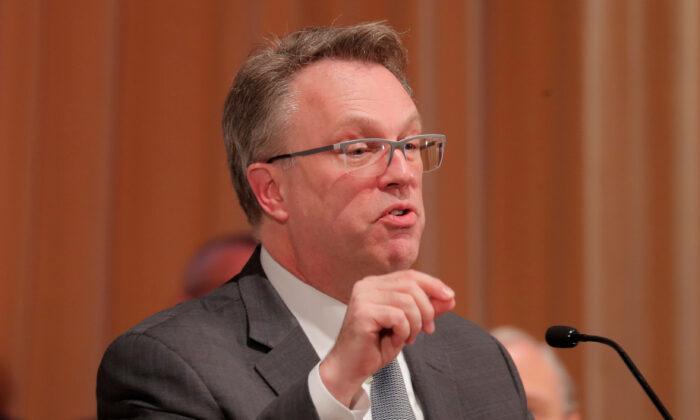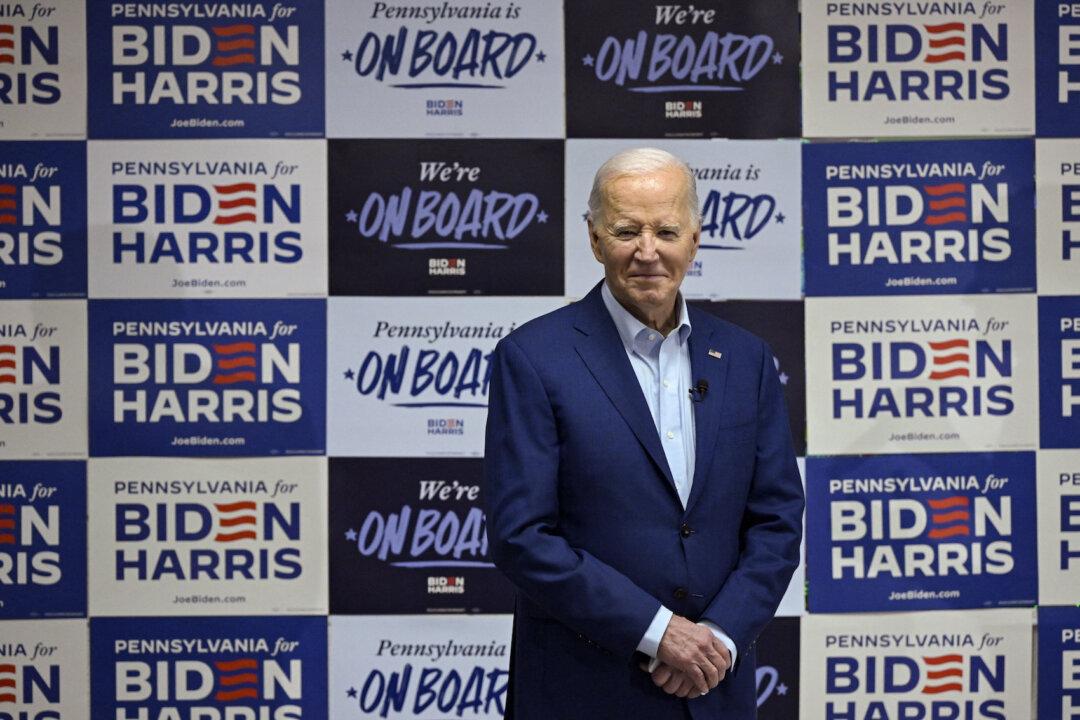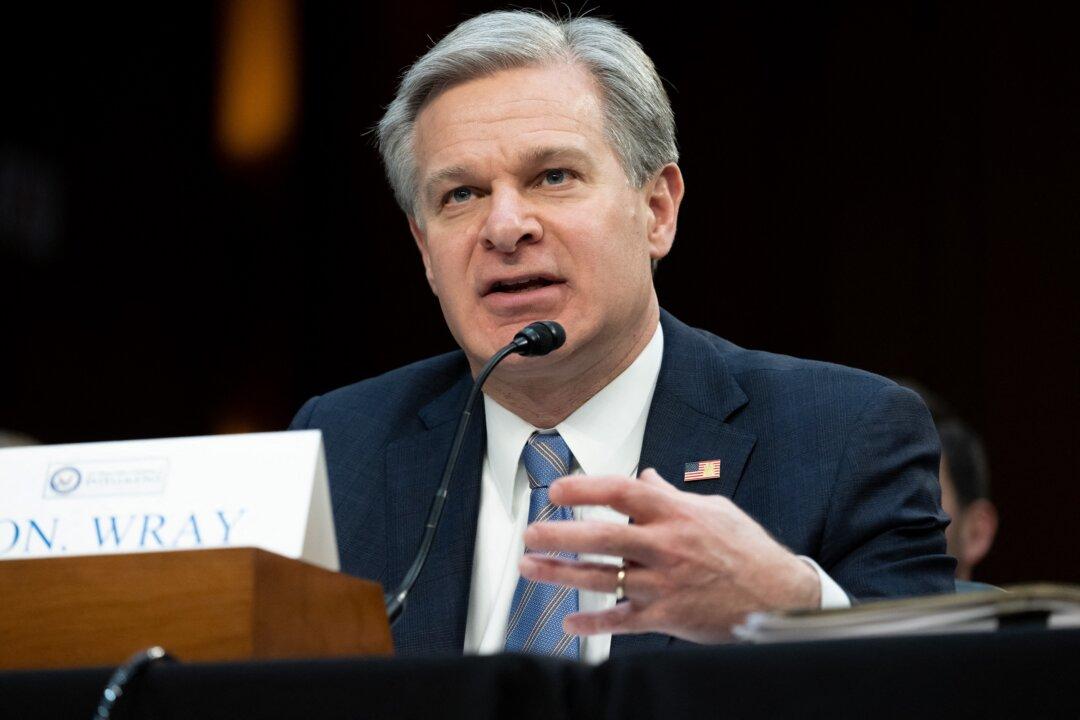New York Federal Reserve Bank President John Williams on Monday said that expectations for future rates of inflation remain well-anchored around the Fed’s 2 percent objective, though he acknowledged upside risks and the persistence of a “great deal of uncertainty” around the inflationary outlook.
“We saw some very high monthly inflation readings in the second quarter of this year, reflecting pandemic-related supply bottlenecks and imbalances, but more recent data have shown that the inflation rate is moderating,” Williams said.
Core personal consumption expenditures (PCE) inflation, which excludes the volatile categories of food and fuel and is the Fed’s preferred gauge for price growth, has averaged around 2.75 percent per month in annualized terms since the start of the pandemic, Williams said.
Williams, like other Fed officials, argued the inflationary surge was due to temporary factors relating to the shutdown and subsequent rapid reopening of the economy, “which pushed supply and demand in extreme ways.”
He noted some of the pandemic-related inflationary spikes had retraced, pointing to falling prices for lumber and used cars.
“This process of adjustment may take another year or so to complete as the pandemic-related swings in supply and demand gradually recede. As the economy gets through these highly unusual dynamics, I expect inflation to come back down to around 2 percent next year,” he predicted.

The New York Fed chief said one reason he believes inflation will fall to around 2 percent next year is that longer-term inflation expectations have remained relatively stable even as there have been sharp fluctuations in price data.
While both survey-based and market-based measures of longer-term inflation expectations have risen to levels not seen in nearly a decade, Williams said they “currently appear to be well aligned with our 2 percent long-run inflation goal.”
Williams said a risk to his inflationary outlook was how well-anchored inflation expectations actually are, and “whether there is a risk that they could drift higher in response to the elevated rates of inflation we have been experiencing.” This refers to the idea that if future inflation expectations rise, the risk grows of the kind of wage-price spiral that bedeviled the economy in the 1970s.
He added, however, that New York Fed economists looked at longer-term inflation expectations five years ahead and found that they “have barely budged.”
“This evidence is reassuring that, despite the highly unusual swings in inflation over the past year and a half, inflation expectations are still well anchored,” Williams said.
In arguing for the likelihood of core PCE inflation moderating to around the 2 percent level in 2022, Williams pointed to stability in measures of underlying inflation that were not impacted particularly hard by the pandemic.
“Still, there is a great deal of uncertainty about the inflation outlook, and I will be watching the data on inflation and inflation expectations closely,” he said.
In terms of policy outlook, Williams said he expects tapering of the Fed’s $120 billion in monthly asset purchases may soon be warranted, although he said it will be some time before the labor market recovery meets the requirements necessary for the central bank to lift interest rates from near zero levels.
“There is still a long way to go before reaching maximum employment,” Williams said. “And over time it should become clearer whether we have reached 2 percent inflation on a sustained basis.”






Friends Read Free